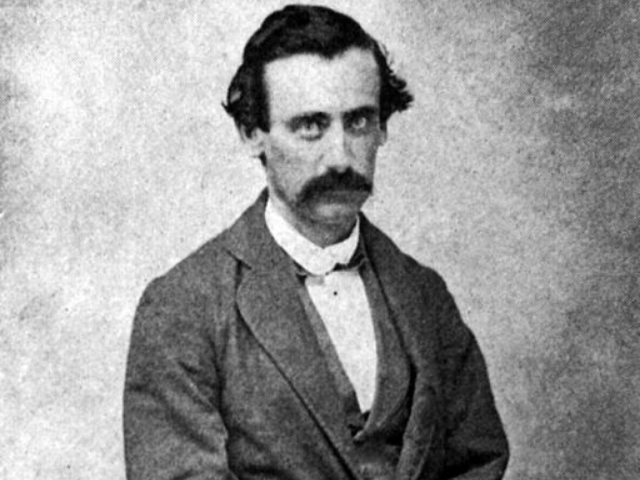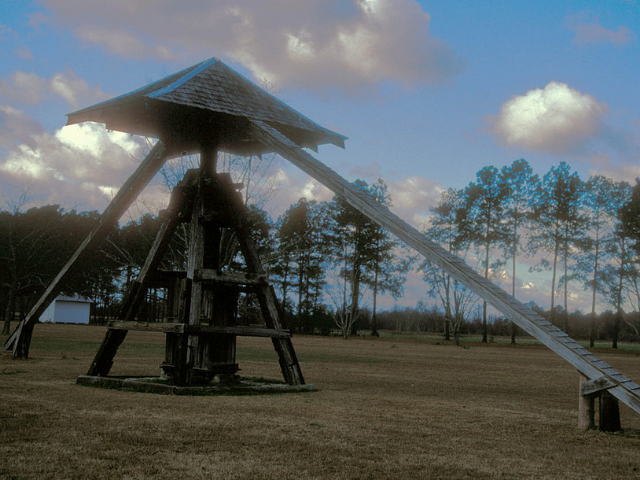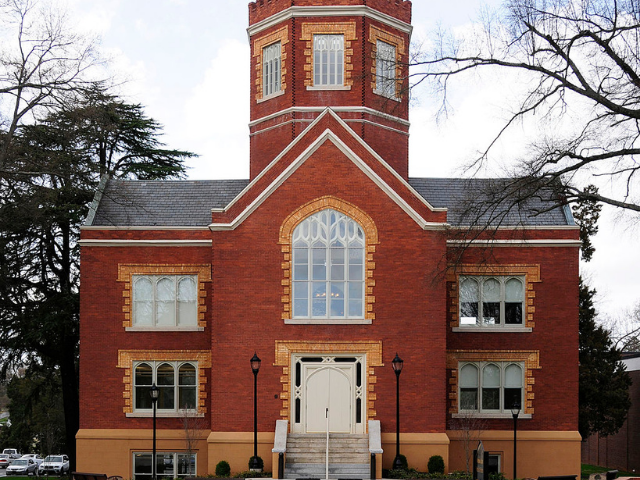Search StudySC for people, places, history, and ideas.
StudySC – Know where you live.
Explore South Carolina through StudySC! Learn about your community, South Carolina history, and the people who have made a significant impact on the state and the world.
SC Subjects by Grade Level
South Carolina People

Henry Middleton
Henry Middleton was the 2nd President of the Continental Congress and served as President of the provincial congress and senator in the newly created South Carolina Government.
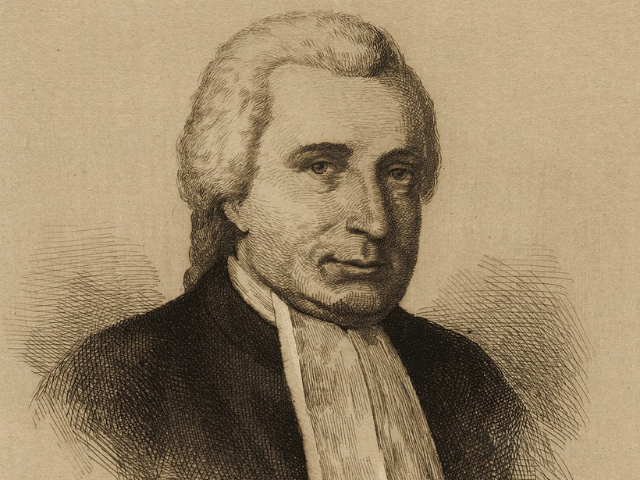
Richard Hutson
Richard Hutson was a founding father of the United States and a lawyer, judge, and politician from Charleston, SC.

Anna DeCosta Banks
Charleston native, Anna DeCosta Banks, was the first head nurse at the Hospital and Training School for Nurses in Charleston, South Carolina.
South Carolina Counties
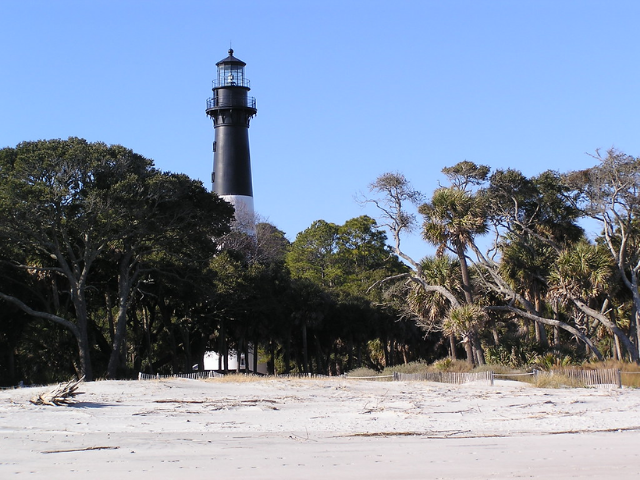
Beaufort County
Both Beaufort County and its county seat Beaufort were named for Henry Somerset, Duke of Beaufort (1684-1714), one of the Lords Proprietors of Carolina.
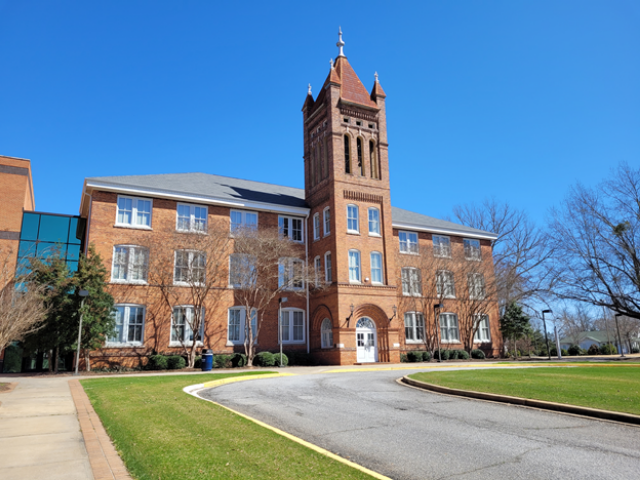
Greenwood County
Greenwood County takes its name from its county seat, Greenwood. The city of Greenwood was named around 1824 for the plantation of an early resident, John McGehee.
South Carolina Facts
South Carolina State Popular Music
Beach Music was designated as the official State Popular Music by Act Number 15 of 2001. Beach music is primarily a rhythm and blues style based on 4/4 rhythms with a moderate to fast-paced tempo.
South Carolina Glossary

blockade runner
(noun) - A vehicle, usually a naval one, that attempts to bring cargo across a blockade
Copyright © 2025. All rights reserved.

